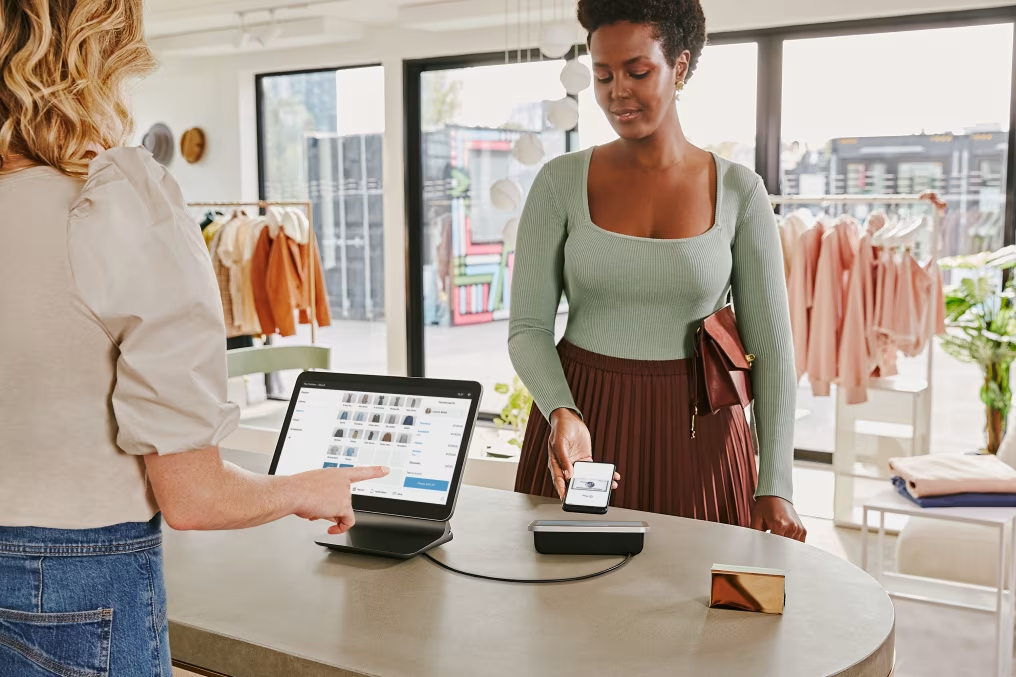
Returns are a normal and expected part of running a retail business, but if it seems like the amount of returns you’re getting has increased recently, you’re not wrong. According to the latest research from Appriss and the National Retail Federation (NRF), U.S. retailers took back returns totaling $816 billion in 2022, representing just over 16% of overall sales. In 2020, the number was $428 billion. Online returns doubled from $102 billion in 2020 to $212 billion in 2022, significantly contributing to the overall increase.
While retailers often factor returns into their yearly forecasting, it doesn’t change the fact that handling returns can be costly. Returns processor Optoro estimates that it will cost retailers $33 to process a $50 returned item, which is up 59% over 2020. This recent increase is largely being attributed to supply chain issues, higher transportation costs, and losses from discounting and liquidation.
Although no retailer looks forward to a return, viewing it as an opportunity instead of a liability can help improve your business. According to the NRF, your best shoppers often make the most returns, and how you handle the process can help build loyalty. In-store returns are also a great way to meet and convert an online buyer, especially if they received the item as a gift and are unfamiliar with your store. The key is to make the process customer-centric, with flexible policies that help build relationships and customer loyalty.
https://squareup.com/us/en/townsquare/r ... or-returns

UPS has some hard data also: UPS to handle record 60M returns during peak shipping season.
UPS will handle more than 60 million return packages during its peak shipping season of Nov. 14 through Jan. 22, an all-time high for the company and 10% more than it handled the year before, according to a UPS fact sheet.The record-breaking returns volume comes as 27% of U.S. adults expect to make a return during the holiday season and 21% already made a return before Christmas, according to UPS, citing a survey the company conducted Dec. 22-23. UPS is not making any specific daily or weekly returns forecasts — as it has previously — due to “interesting dynamics in the market,” said Director of Media Relations Jim Mayer. Retailers encouraged consumers to shop early, but some have also lengthened their holiday returns windows.
How to approach risk management in supply chain: Online holiday sales are slated to jump Year over year, and so are returns.
“I think that this is a trend that we’ve seen over several years, that returns have increased,” Mayer said. “Last year, it was about 55 million (returns). We looked at the trendlines, made the forecasts and we were looking at 60 million or more than 60 million this year.”
As returns activity has increased, reverse logistics have become a vital part of the retail playbook to build customer loyalty. According to UPS, 79% of customers say a positive returns experience influences their decision to make future purchases, and 84% expect online retailers to offer a free return option. Mayer said those findings came from UPS market research.
But costs associated with returns are climbing in a pricey supply chain environment. Optoro, a returns processor, estimates a $50 returned item will cost an average of $33 (or 66% of its price) to process this year, up from 59% in 2020.
Retailers can offset the costs of returns in other areas of their operations, said Nikki Baird, VP of retail innovation at Aptos, in an email. This could include offering promotions for bundled items that are more cost-effective to deliver or encouraging customers to return online orders at brick-and-mortar locations. They could also push to mitigate the need for returns in the first place.
“Retailers need to invest in fit technology and pay close attention to things they do that drive returns,” Baird said. “Reducing returns can pay off even more than trying to adjust pricing to capture higher shipping costs. If you can get customers to keep what they buy, then there’s no shipping costs to bear for returns.”
https://www.supplychaindive.com/news/up ... il/616686/